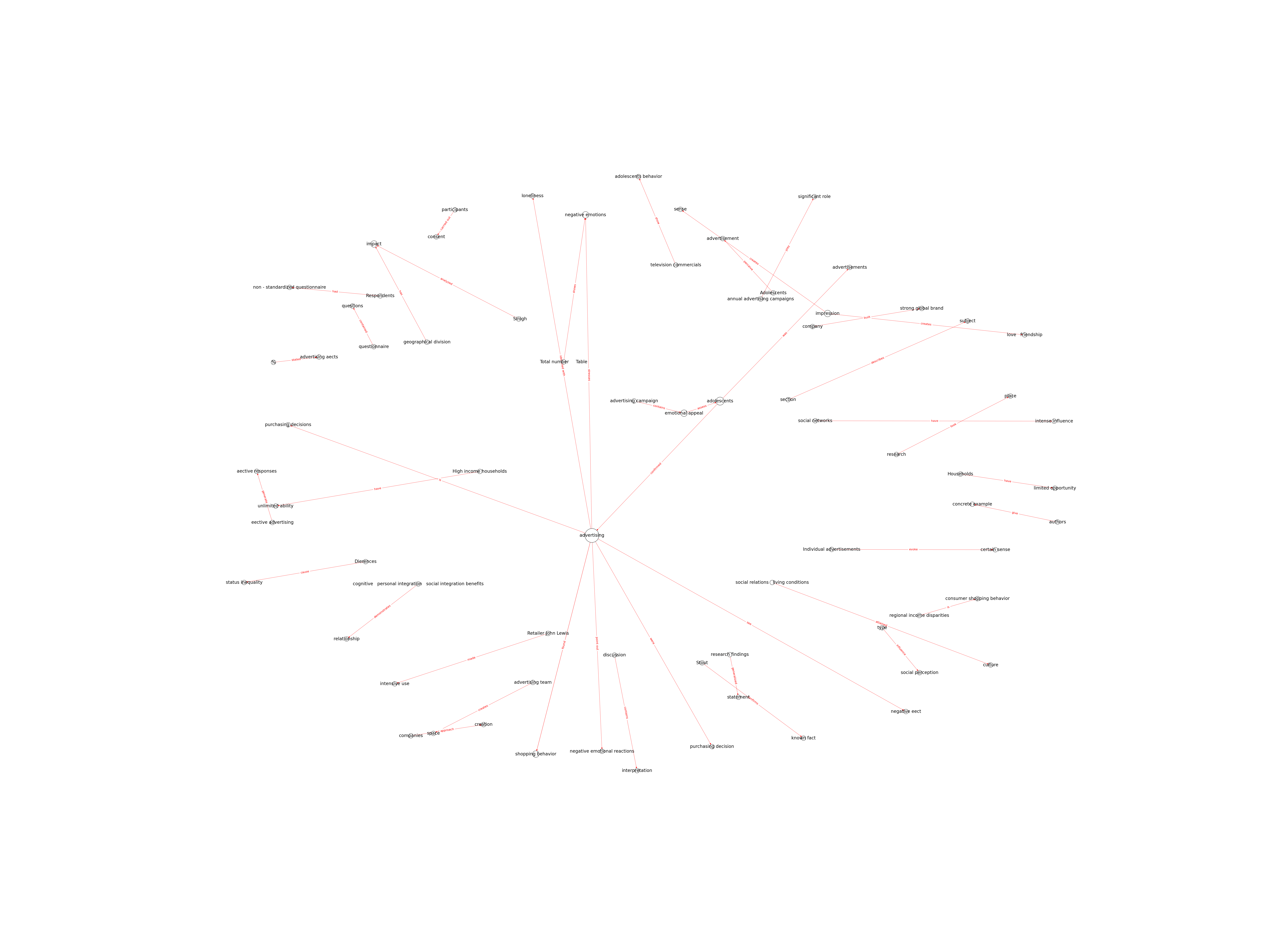| Id | 501 | |
| Author | Vrtana D., Krizanova A., Skorvagova E., Valaskova K. | |
| Title | Exploring the affective level in adolescents in relation to advertising with a selected emotional appeal | |
| Reference | Vrtana D., Krizanova A., Skorvagova E., Valaskova K.; Exploring the affective level in adolescents in relation to advertising with a selected emotional appeal ;Sustainability (Switzerland) vol:12 issue: 19 page: |
|
| Keywords | Adolescents; Advertising; Emotional appeal; Emotional states; Emotions; Regions |
|
| Link to article | https://www.scopus.com/inward/record.uri?eid=2-s2.0-85092670982&doi=10.3390%2fsu12198287&partnerID=40&md5=a4c5722ab74982bc145d09b1fb5a3e12 |
|
| Abstract | The correlation and perception of advertising on adolescents have been shown to be a key factor in the survival of subjective emotional states. In this research, we map the affective level in relation to emotions in the context of assessing the marketing advertisement Man on the Moon by John Lewis company. We assess how an emotional appeal affects adolescents in various areas of the Slovak Republic, following several crucial demographic features of respondents. We examined the affective level by means of a psychodiagnostic tool in the form of a standardized tool of the scale of subjective emotional habitual well-being. To measure the emotional component of subjective well-being, we used descriptive words that expressed experienced emotions and feelings. From the collected data, we determined the frequency of positive and negative mood and verified the dependence between the variable region and emotion. We used Pearsons chi-square test. Whenevaluating the data, wefound dependencies between the categorical variable region and emotion. We did not find a relationship between the variable gender and emotion. The geographical division within the national market has an impact on the experience of positive and negative emotions when looking at advertising with an emotional appeal to the story. © 2020 by the authors. |
|
| Metodology | Technique |

Note: Due to lack of computing power, results have been previously created and saved in database


